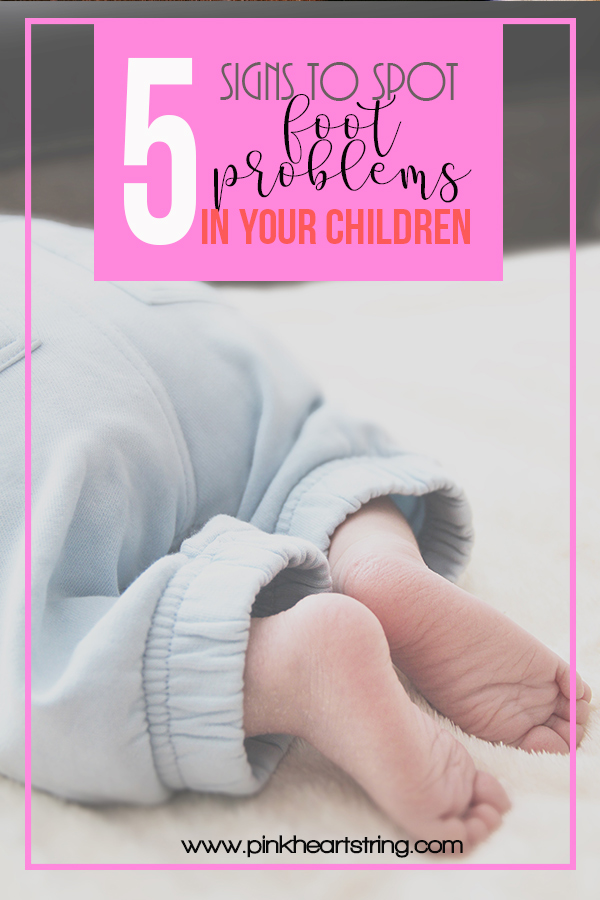Foot problems in children impact millions of families around the world each year. Whether your child plays sports or is struggling with a broken or bruised bone, foot pain in children can be hard to detect, especially if your child is unsure of how to communicate the issue they are experiencing with you.
Knowing how to properly identify common foot problems and signs your child may be exhibiting is a great way to address the issue once you make a concerted effort to seek out a podiatrist for children who specializes in foot and ankle injuries or surgeries.
1. Your child’s walking speedhas slowed
If you notice that your child is unable to walk alongside their peers without becoming extremely tired and fatigued, it may be time to monitor their walking style and habits. Children who have flat feet are much more likely to feel the strain of walking at a fast pace, even if they are otherwise fit and healthy.
When a child has flat feet, their muscles quickly become overworked, making it increasingly difficult to maintain a fast walking speed. Flat feet, which is one of the most diagnosed foot problems in children, cause muscles in both the legs and feet to feel tired quicker as they are not properly functioning for long-term walking or exercise.
2. Your child no longer has an interest in hobbies and activities
If your child once loved physical activity and partaking in sports as a source of joy but no longer has an interest in participating, they may be experiencing foot pain or muscle trouble. When children withdraw from activities and hobbies they once loved that demand physical exercise and exertion, a heel pain issue may be the root cause of the issue.
Oftentimes, injuries to the foot or increased pain throughout the foot muscle occurs between the ages of 8 and 14. If your child once took pride in working out and physical activity during activities and sports, they may be experiencing inflammation throughout their muscles or a weakened section of their heel from overuse and overexertion.
3. You notice your child falling and tripping more often
Children have a tendency to be clumsier than adults, which is why it is not uncommon for your child to trip periodically, especially if they are not always aware of their surroundings. However, repeated tripping and falling may not simply be clumsiness, but may indicate a balance issue your child is experiencing.
Neuromuscular conditions lead to feeling off-balance and unable to walk or stand upright, which can later lead to more serious foot and ankle problems that require invasive surgery if not properly addressed and treated as quickly as possible.
4. Your child avoids showing you their feet
When your child avoids showing you their feet or attempts to refuse to show their feet, they may have noticed a change in their appearance or overall structure. If your child feels self-conscious about their feet, they are less likely to speak openly about the pain or changes they are experiencing. You won’t often hear a child complaining of foot pain.
In some cases, children may be fearful of visiting a doctor, prompting them to avoid speaking up about any changes or pain they see and feel on their feel. Check for any changes on your child’s feet such as indications of ingrown toenails, redness, discoloration, or even new growths and harsh calluses.
5. Your child begins vocalizing their pain
Children do not regularly experience foot pain, which is why it is important to address your child’s concerns anytime they express pain in their heels or other areas of their feet. If your child’s foot pain lasts for more than a few days, make an appointment with a local children’s podiatrist.

Understanding the basics of children’s feet problems and how to spot a potential issue with your child’s feet is essential to prevent long-term damage or the inability to walk correctly as they continue to age into a teenager and adult. When you know how to identify and address foot problem in children, contact the right podiatrist for children to get the medical care and treatment necessary for a full and complete recovery.
